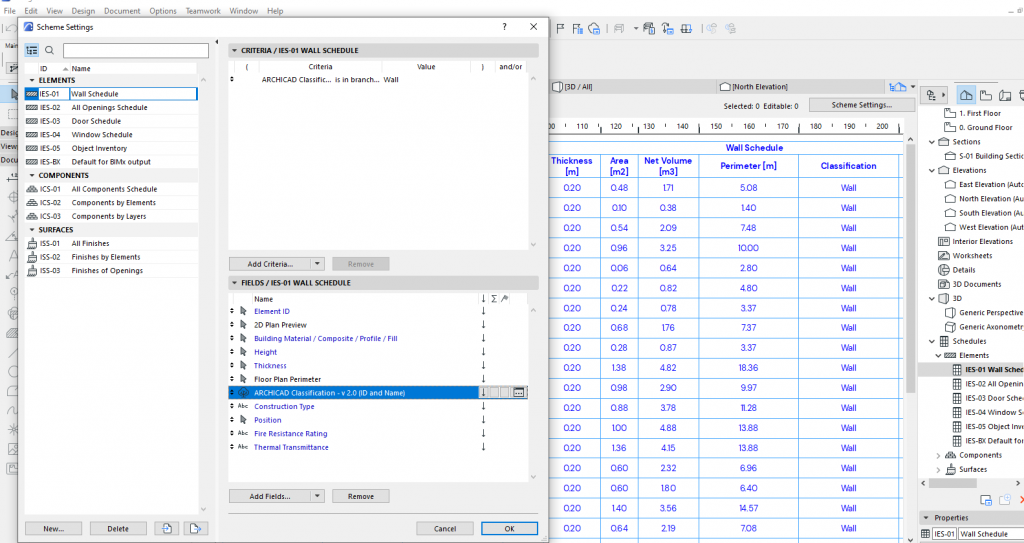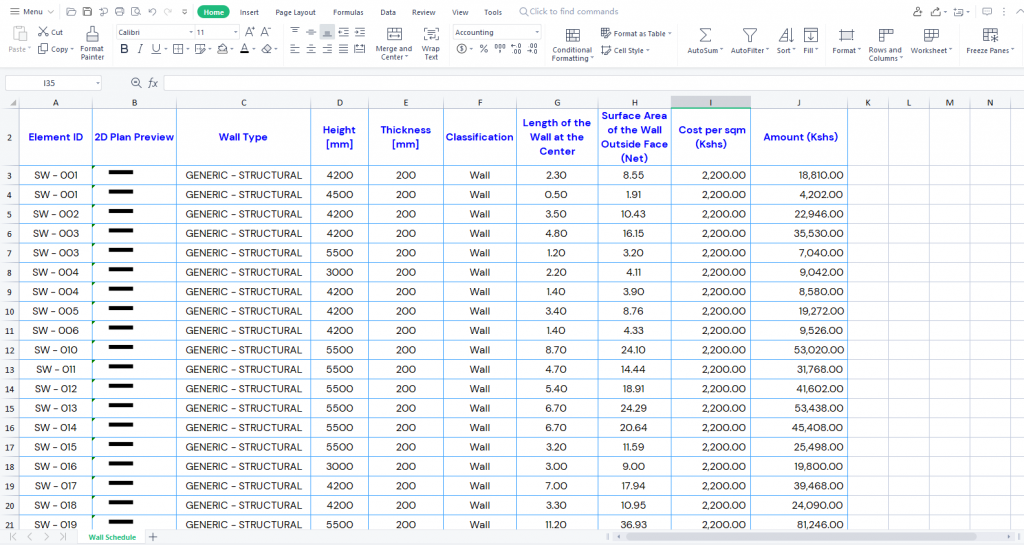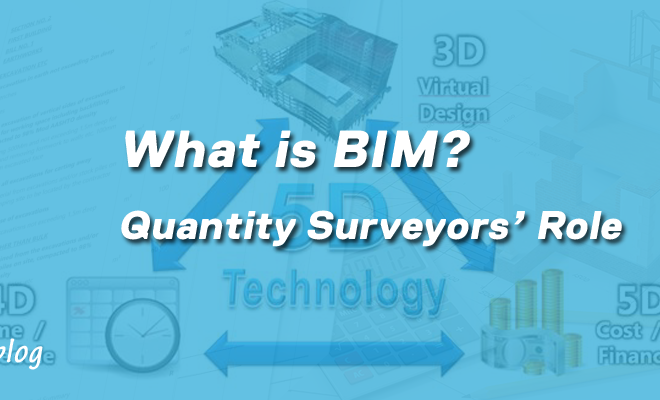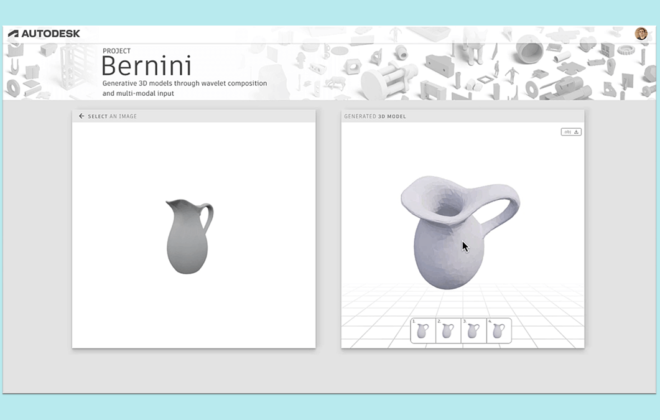4 BIM-based Processes in Construction Cost Estimating
In this article, we will look at traditional paper-based estimating, 2D CAD estimating and how BIM helps automate those processes. We will further discuss the four approaches that are available in 5D BIM construction cost estimating.
Cost Estimating Basics
When a new construction project is being undertaken, knowing the costs that will be involved to actualise the project is very vital to ensure its success. Clients need to know how much their buildings are going to cost. This allows them to budget and allocates enough monetary resources to complete the project.
Estimating involves the collection and analysis of data for determining the cost parameters of a building. Based on a standard method of measurement, quantity surveyors and estimators apply scientific methods to come up with a cost per unit of constructing a given element of the building.
Roles of Construction Cost Estimators
The cost estimate produced by quantity surveyors/estimators/building economists accurately must represent the actual costs that the client will bear.
However, the goals of the various estimators vary depending on whether they are working for client organizations, contracting firms or consulting firms. Estimators working for client organisations want to be able to represent the costs to be incurred in all phases of the project to help the client in coming up with a budget. It also helps the client in deciding whether to invest or not to invest in a given project.
Estimators in contracting firms are mainly concerned with advising the contractor on whether to bid for a given project and how to maximise profits. Consulting firms are mainly concerned with harmonising the interests of both the client and the contractor while remaining non-partisan in their professional advice. In addition to that, they are employed by the client and their biggest role is to ensure value for money for the client.
Accuracy in Construction Cost Estimating
Earlier we looked at the importance of construction cost estimating in aiding project-based decision making. It is relied on by clients, consultants and contractors in dispensing their duties.
Traditionally, coming up with an estimate requires the quantity surveyor to interrogate designs and drawings. They will measure quantities through a process called “taking-off”.
The designers produce a set of architectural drawings, structural drawings, electrical layouts, mechanical and plumbing drawings. The estimated cost of construction is tied to the quantities obtained from these drawings. We can, therefore, say that the accuracy of these designs will influence the accuracy of the estimate obtained.
Since the accuracy of the estimate relies on the information supplied to the quantity surveyors by the designers, it is in the interest of the QS that the designs are fully developed and detailed. Besides the level of development of the project information, other factors influencing the accuracy of the estimate include the project characteristics, experience of the estimator, project team requirements and contract requirements, among others.
The Traditional Approach
Traditional cost estimating relied on manual interrogation of 2D drawings, calculations and use of spreadsheets. This process is time-consuming, requiring large amounts of data to be synthesised and involving repetitive calculations.
Building information modelling (BIM) enthusiasts and advocates have pointed out to digitise this process and make it more efficient through the extraction of quantities from 3D virtual building models.
They say it will help minimise costs, save time and reduce errors in the estimating process. This is not always true because the accuracy of the process is dependent on the technical knowledge of the one using the BIM environment and their experience in estimating and quantity surveying practice.
BIM (Building Information Modelling): What is It?
BIM or Building Information Modelling can be defined as a digital technology that represents the functional and physical characteristics of a proposed facility through the creation of intelligent virtual 3D models.
They are referred to as intelligent 3D models because first, the models are three-dimensional. Rather than just representing the geometrical configuration of the facility, they contain other descriptive data such as the material properties, fire resistance ratings, cost information, manufacturer details, among others.
The various views (that is, 3D views, floor plans, sections, elevations, details and schedules) are interlinked. When there is a change in any aspect of the model, that change is automatically updated and reflected in all the other views. Intelligent, right?
BIM-based Construction Estimating
Compared to traditional paper-based blueprints and 2D CAD drawings which only contain spatial project data, BIM models have an additional dataset that makes them more useful.
Ideally, BIM is based on the concept of a shared database as a project information repository. As a digital database, it provides an archive of all the physical and functional characteristics of a building in which all related information is formed into intelligent objects.
BIM projects usually adapt these intelligent objects to represent and automatically symbolise the project elements in any plan, elevation, section or detail. This can be adjusted parametrically as the design changes, which is awesome.
With the uptake of BIM in the delivery of construction projects, quantity surveyors are increasingly demanding from the designers’ models that are made using a quantity-take-off oriented modelling approach. That is to say, most if not all the information that is required to be fed into these models to facilitate quantity take-off should be included.
Because quantity extraction could be automated and significantly reduce the time required to do manual take-offs, this area has been of huge interest to project cost managers. Various approaches are being tested and researched in a bid to ensure that the QS is fully integrated into the BIM process and benefits from the advantages that come with automation of processes.

1. The IFC Export Approach
This approach involves exporting model data from a BIM authoring tool (software) to a dedicated estimating software application. For example, model data can be extracted from ArchiCAD or Revit and imported to Microsoft Excel or CostX software.
However, sharing model data across different software platforms is not always a straightforward exercise. It needs to be coded or structured in an application-independent format such as IFC (industry foundation classes), then exported to a spreadsheet and filtered to support the reporting structures adopted by the concerned QS.
Rather than manipulating the model data, this approach allows estimators from different domains to manipulate only the exported data. They are free to filter it and structure it to fit the purposes for which they intended to use it.
A good example of this approach is extracting quantity data from an ArchiCAD model. The data to be exported is first filtered by customizing the databases scheme settings for the building element in question. It is then exported to an Excel spreadsheet and formatted to add costing information derived from past projects to come up with an estimate.
This process is demonstrated in this video: ArchiCAD 24 + Excel 2019 – Quantity Take-off and Cost EstimatingArchiCAD Quantity Take-off and Cost Estimating.
2. The Model “As-Is” Costing Approach
The Model “As-Is” costing approach to BIM-based construction cost estimating is a procedure in which cost data is built directly into a design model. This means that the quantity surveyor becomes an active participant in creating the BIM model.
As the model is being developed, the QS feeds into the database costing material cost information, construction and assemblage estimated durations and other descriptive information that is useful in cost estimation.
Consequently, the BIM data stores the cost and time components of a specific building element or assembly. With that, project cash flow forecasts and construction schedules can be derived from the model.
By using this approach, every building item, component, object or assembly is identified and cost within the BIM authoring software. It eliminates the need to export BIM data to stand-alone estimating platforms for manipulations.
3. The Model Moderation Costing Approach
Modelling by the architects and engineers does not always capture the structure that is the best suite to perform quantity take-offs for cost estimating purposes. As with the traditional cost estimating approach, in the BIM-based cost estimating approach quantity surveyors also review model and BIM data from the designers before adopting it.
This model review process (simply referred to as model moderation) allows for detection of modelling errors, clash and interference detection between architectural elements, structural and MEP elements of the building project.
Estimators use various model moderation methods before adopting them for estimating purposes. This leads to the restructuring of the model data to reflect the various estimating methods that each of the QS/estimator plans to adopt for the project.
Whether it is to go by the construction processes involved, work zones, trades or project elements, moderation is done. This can sometimes be limited by the fact that some moderation software functionalities limit the interactions that a person who has not authored the model can have with the model data.
An example of this approach is where a BIM model is broken down into the various building elements to follow the format of developing an elemental cost plan.

4. The Process Simulation Costing Approach
As a BIM-based cost estimating approach, the process simulation approach involves the generation of cost estimates based on the simulations of the sequence of construction activities.
Since the contractors are the ones responsible for selecting the specific construction methods to employ on-site, they are the best suited to use this method.
They can develop virtual reality models from BIM data and simulate construction activities as they work on coming up with an estimate. Understanding the specific method required to assemble components on site will help in coming up with a good tender estimate.
Although this process for simulation of different scenarios from a given design model, the simulation tools may not always reflect the required construction resources appropriately.
Also, existing standard forms of contract do not allow for these simulations to form part of the project contract documents.
Having looked at those four BIM-based Cost estimating approaches, it is important to note that coming up with an accurate estimate does not only depend on the use of BIM. A combination of the traditional blueprints, 2D CAD estimating and the wealth of experience of the individual QS is a key factor in making the estimate as accurate as possible.
Sounds Awesome? Here’s a deal…
MSBIM ArchiCAD Template supports BIM-based estimating. It is a professional ArchiCAD template that comes with a cost estimating pack. This cost estimating pack is an excel spreadsheet that has ArchiCAD meta-data linked to it allowing for the generation of quantities automatically from the model.
If you use ArchiCAD for your construction projects you might want to check it out.
Nzangi Muimi
I’m a Quantity Surveyor, Educator and the founder of QuantBuild Academy, the fastest-growing technology-focused YouTube channel online. I am passionate about construction information technology and the digitalization of the construction industry.
Tags In
Related Posts
1 Comment
Leave a Reply Cancel reply
Search
Popular Categories
- ARCHICAD Tutorials (4)
- Construction (16)
- Construction IT (13)
- Construction Law (4)
- Cost Management (14)
- Tutorials (5)






Thanks for sharing. So true BIM has made life easier